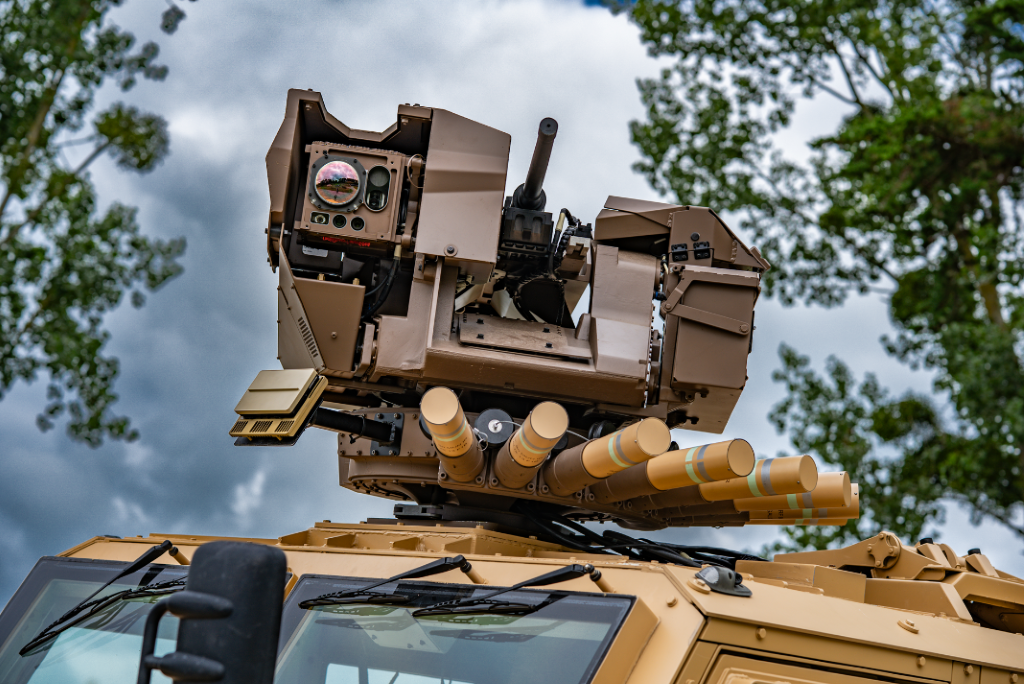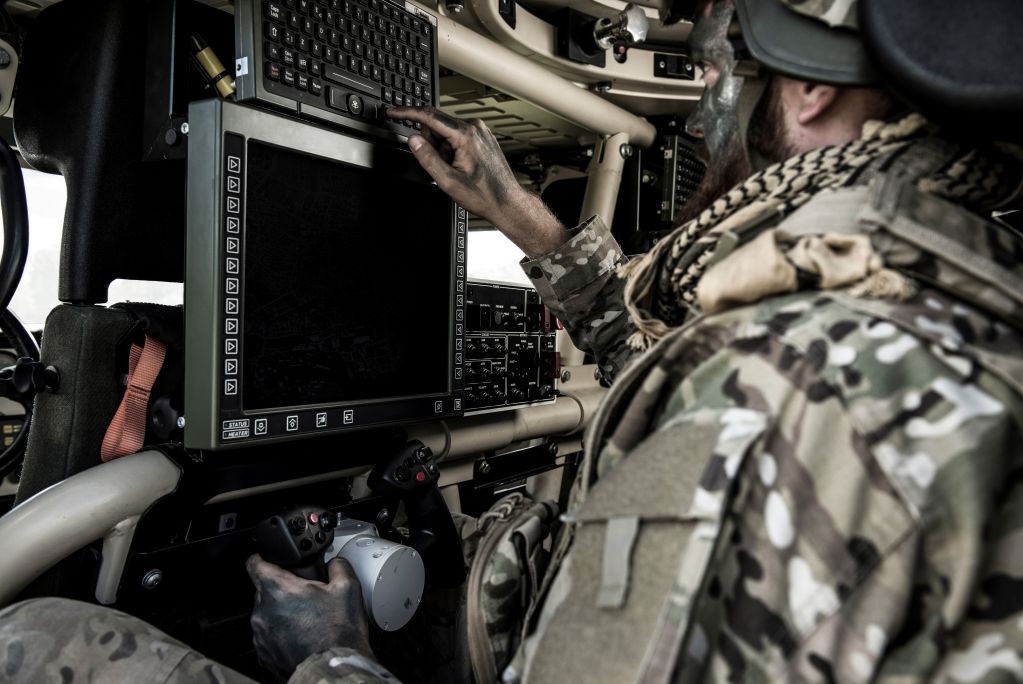Analysis of the LCCM Mk2 Strike System: A Low-Cost Solution in Modern Warfare
Overview of the LCCM Mk2
The Emirati-Belarusian firm E-System Solutions has unveiled its latest strike system based on the LCCM Mk2 low-cost cruise missile. This innovation draws from operational insights acquired during military engagements in Ukraine, highlighting the increasing reliance on budget-friendly yet precise munitions for engaging both personnel and critical infrastructure effectively.
Economic Implications of Low-Cost Munitions
The evolving nature of contemporary warfare necessitates that military organizations optimize their arsenal to include economical, high-precision armaments. Given the expense associated with traditional air and missile strikes, there is a clear incentive within defense sectors to prioritize cost-effective weapon development. This trend is particularly evident in the context of the ongoing conflict in Ukraine, where the utilization of affordable drones and cruise missiles has become commonplace.
Capabilities and Specifications of the LCCM Mk2
The LCCM Mk2 is engineered to target a diverse range of adversarial assets at distances extending up to 1,000 kilometers. Its engagement portfolio comprises:
- Lightly armored and armored vehicles
- Command and control vehicles
- Radar reconnaissance units
- Air defense artillery
- Light fortifications and forward command posts
- Grounded aircraft and other aerial assets
- Vulnerable targets, including cruise missiles on launch pads, UAVs, and helicopters
Technical Specifications
- Length: 3.15 meters
- Wingspan: 2.5 meters
- Maximum Takeoff Mass: 122 kg
- Dry Mass: 38 kg
- Fuel Capacity: 48 liters (34 kg)
- Payload Capacity: 25-50 kg (contingent on flight range)
- Range: 500-1,000 km
- Flight Speed: 220-600 km/h
- Maximum Flight Altitude: 11,500 meters
- G-Force Tolerance: +4g to -3g
The missile is characterized by a conventional aerodynamic structure, featuring a trapezoidal wing that deploys post-launch. It utilizes a booster for initial velocity, followed by a turbojet engine to maintain thrust throughout its cruise trajectory.
Guidance System
Although specific details of the LCCM Mk2’s guidance system have not been disclosed, its operational capabilities suggest:
- Inertial Navigation System (INS): Likely GPS-corrected, this system would facilitate accurate mid-course navigation.
- Optoelectronic Terminal Guidance: Potentially employs thermal imaging for target acquisition in the terminal phase.
Warhead Variants and Effectiveness
The warhead configuration of the LCCM Mk2 appears to include high-explosive fragmentation (HE-FRAG) types, designed for optimal lethality against various targets:
- Radius of Effect:
- Airborne vehicles and aircraft: 10 meters
- Personnel: 50 meters
- Direct impact required for bunkers and fortified positions
In addition to HE-FRAG, alternative warhead designs may include:
- Cone-shaped fragmentation
- Thermobaric charges
- Bunker-busting munitions
Launch Platforms
The versatility of the LCCM Mk2 extends to multiple launch options, facilitating deployment from:
- Land-based catapult systems
- Platforms mounted on light armored vehicles (LAV/LCVs)
- Containerized arrangements suitable for trailers or naval vessels
The container system is capable of housing nine missiles in a 3 x 3 configuration, enhancing operational flexibility.
Conclusion and Future Developments
E-System Solutions has confirmed that the developmental phase for the LCCM Mk2 strike system has been finalized, with combat evaluations scheduled in the near future. This advancement epitomizes the strategic shift towards integrating cost-effective, high-precision weaponry into modern military doctrines, capable of addressing a wide spectrum of tactical scenarios across various theaters of conflict.
As military engagements increasingly embrace innovative technologies, the LCCM Mk2 stands as a testament to the necessity for efficient and impactful strike capabilities in the face of evolving warfare landscapes.





